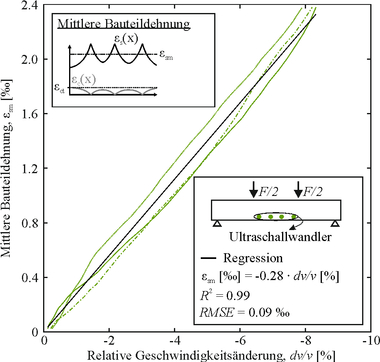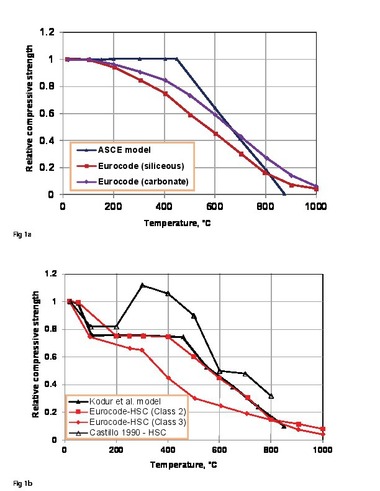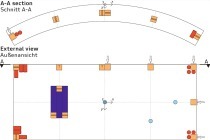Ultimate solution for prestressed concrete
structures subject to chloride exposure
In the past decades, corrosion-induced damage has repeatedly led to severe component failure in prestressed concrete structures. This is typically caused by inadequate design or poor workmanship, leading to hydrogen-induced stress corrosion cracking and subsequent failure of the prestressing steel. To prevent such damage, metallic and epoxy resin coatings were sometimes applied to the steel to provide additional protection. However, these systems did not provide the required reliability. Thus, the use of high-strength stainless steel wire could be a possible alternative. Because of its significantly higher corrosion resistance compared to conventional prestressing steel, stainless steel is already being used as reinforcing steel in structural concrete components subject to potential chloride exposure and as high-strength wires and strands under atmospheric conditions in building and bridge construction.
At the University of Stuttgart, the behavior of cold-formed stainless steel wire was investigated under critical conditions to assess its suitability for prestressing applications. Wire strength was increased by means of cold forming in such a way that the deformation characteristics required for prestressing steel were still adhered to. Tensile strength values ranged from about 1,000-2,100 N/mm² at a uniform elongation of at least > 2 %. Due to its relatively low elasticity limit, cold-formed stainless steel generally undergoes a higher initial relaxation than conventional prestressing steel. This can be compensated by additional prestressing/re-tensioning, i.e. by taking advantage of the significant strain hardening typical of this type of steel.
The investigation of durability parameters primarily focused on resistance to pitting corrosion and to chloride-induced and hydrogen-induced stress corrosion cracking under conditions critical for the prestressing steel. Only the varieties with at least 2 % by weight of molybdenum proved to be sufficiently resistant to all three types of corrosion. The following steel grades proved to be highly resistant to the above types of corrosion:
Austenitic chromium-nickel-molybdenum steels 1.4401 and 1.4571 with strengths of up to 1,600 N/mm²
A chromium-manganese-molybdenum austenite No. 1.3808 with a strength of about 1,900 N/mm² (for this steel, the more expensive austenite-forming agent nickel was substituted by the cheaper manganese)
The chromium-nickel-molybdenum duplex steel 1.4462 with reduced nickel content and a strength of about 1,700 N/mm²
An unacceptable decrease in the deformation characteristics and a reduction in corrosion resistance should be expected if the strength values specified for the individual steel grades are exceeded substantially.








